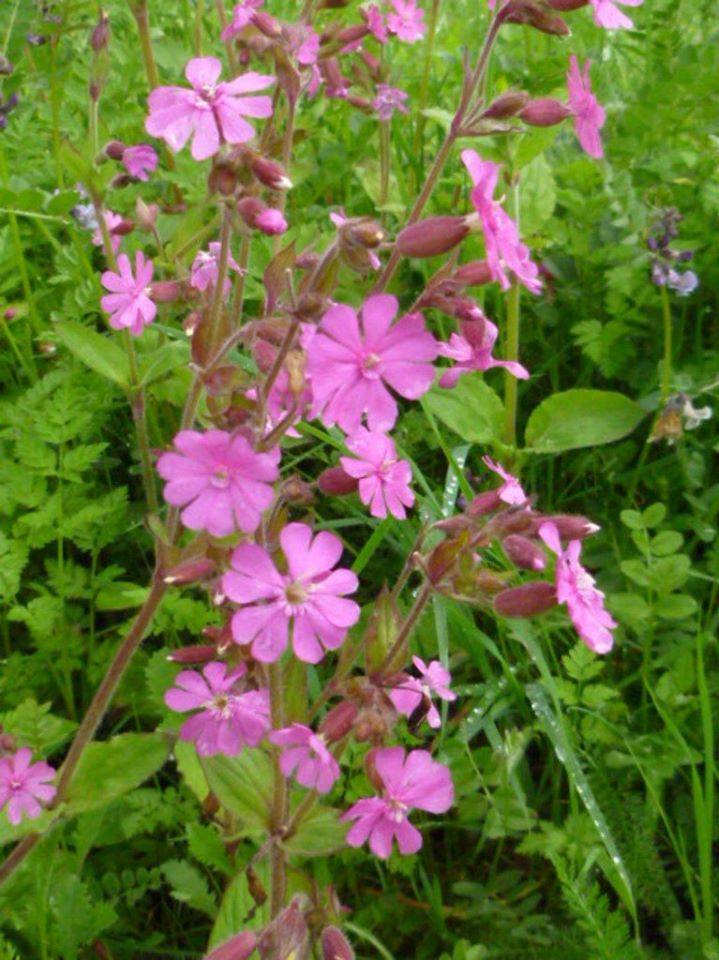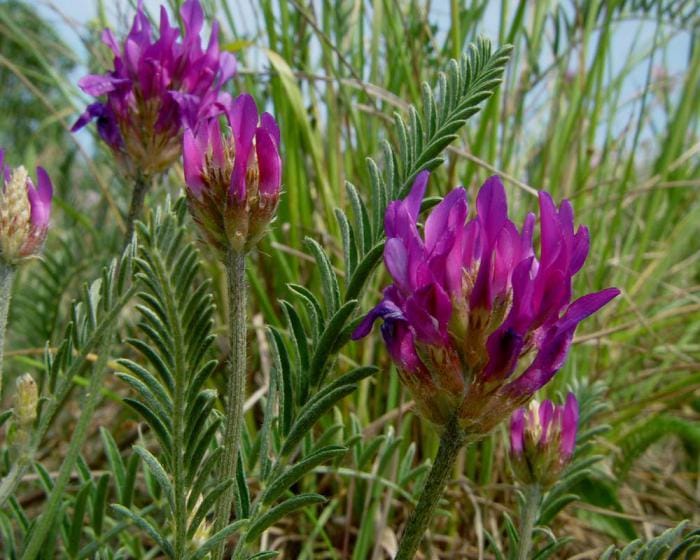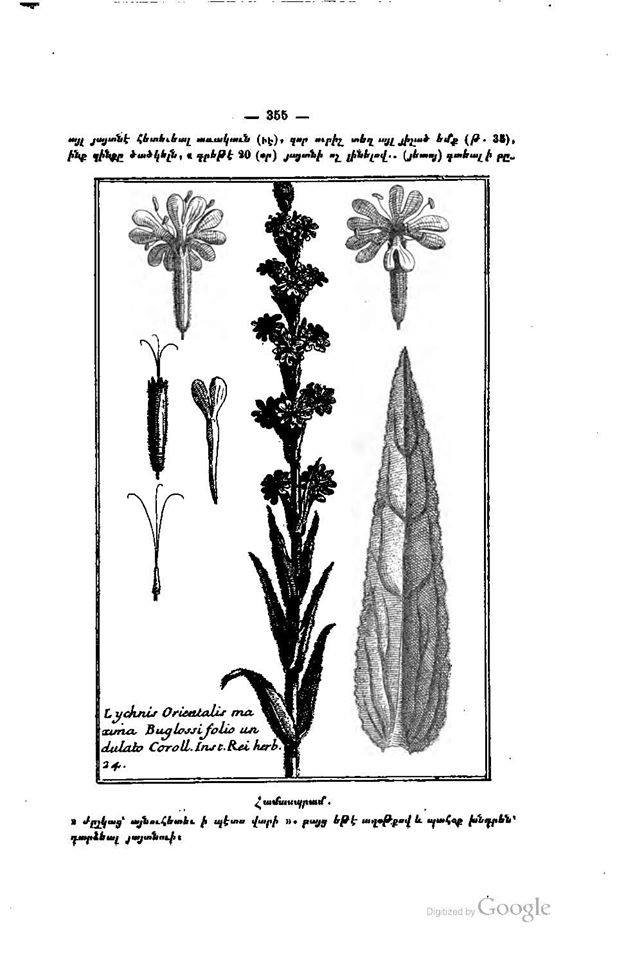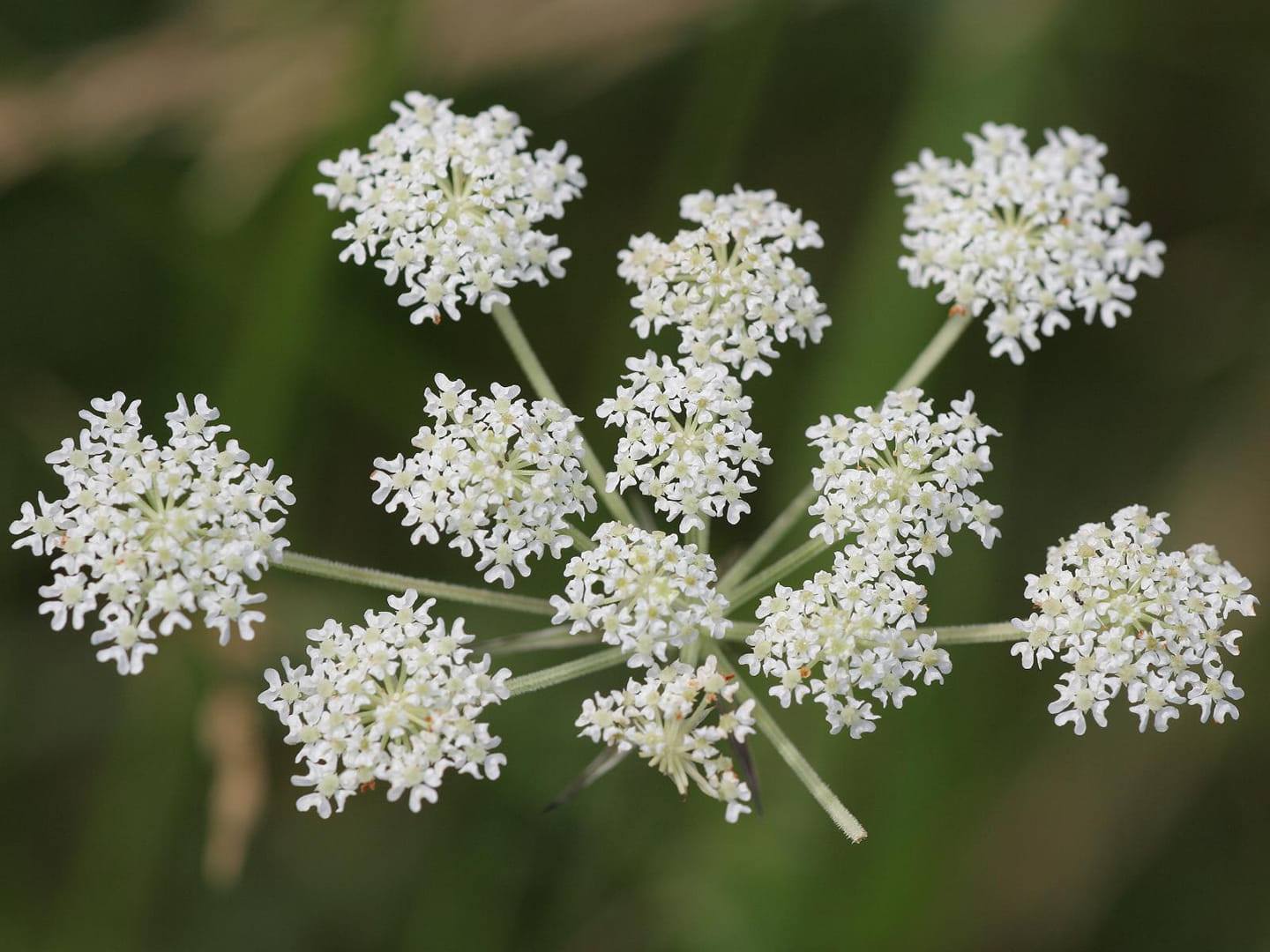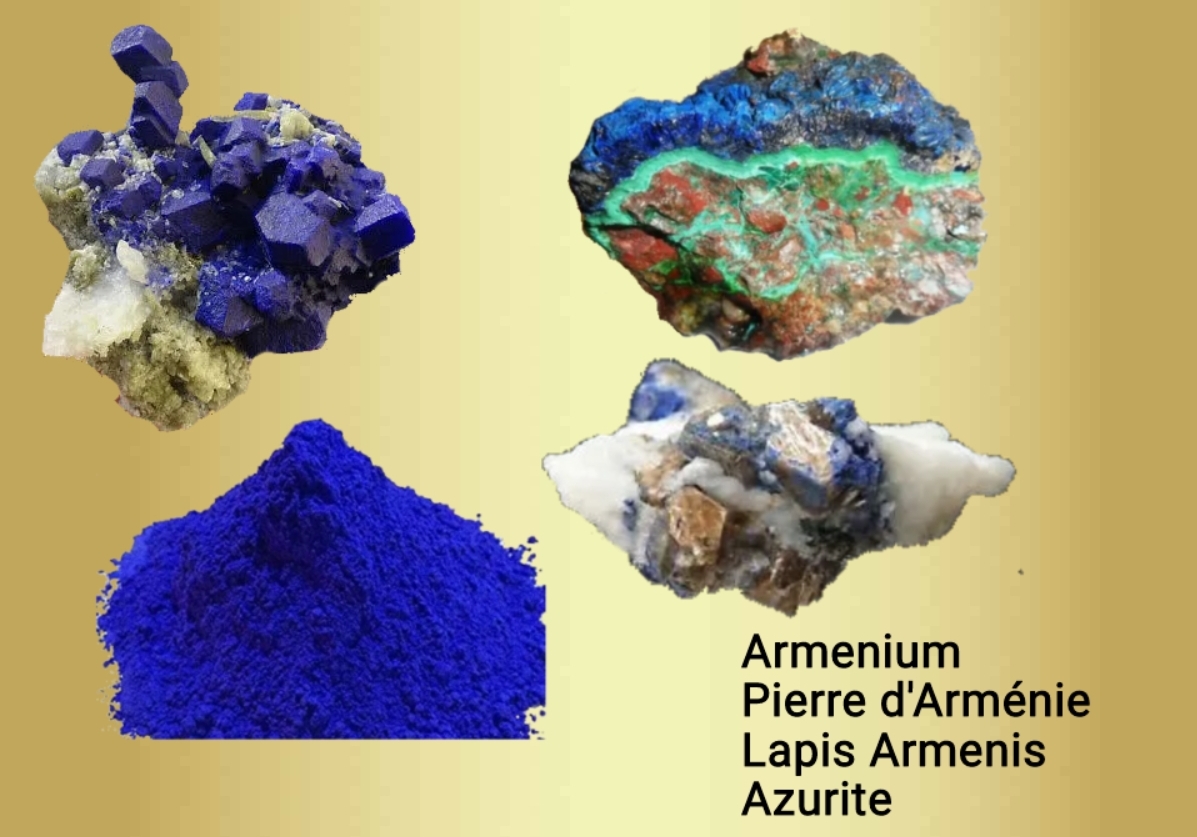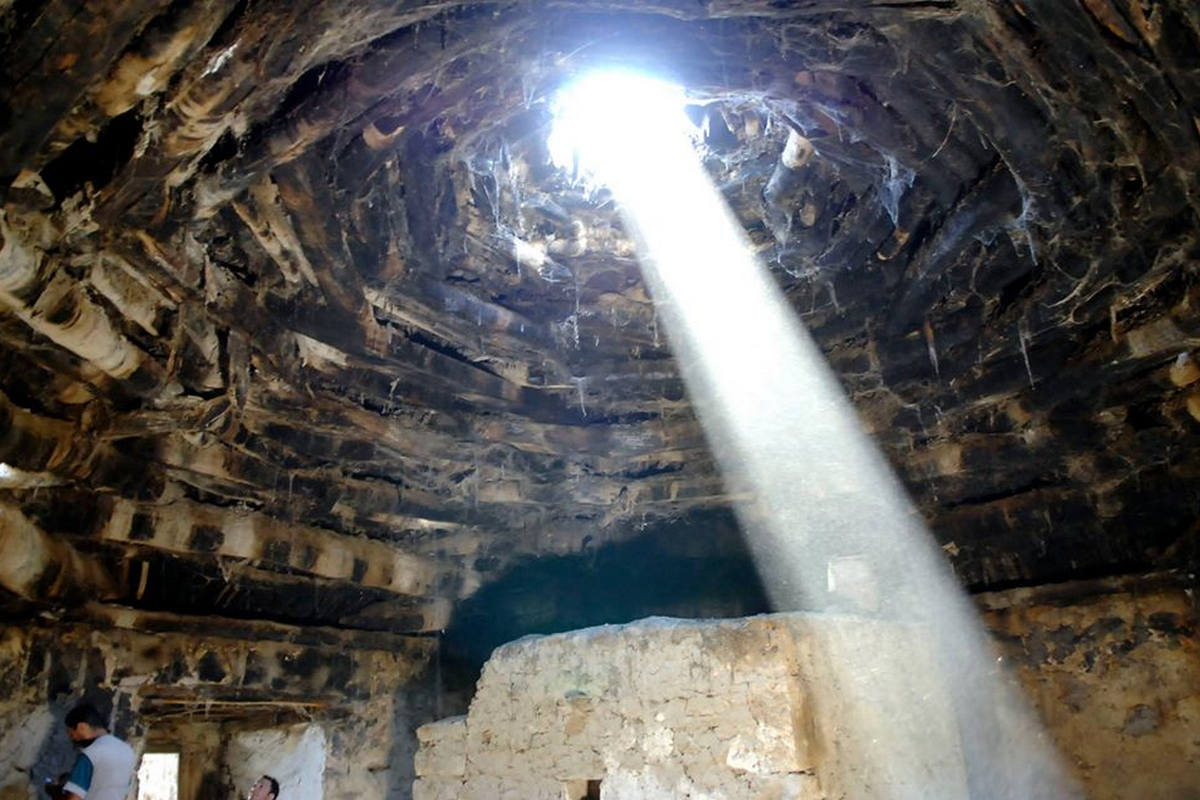“The Tale of the Hamaspyur Blossom” or “Concerning the Flower”
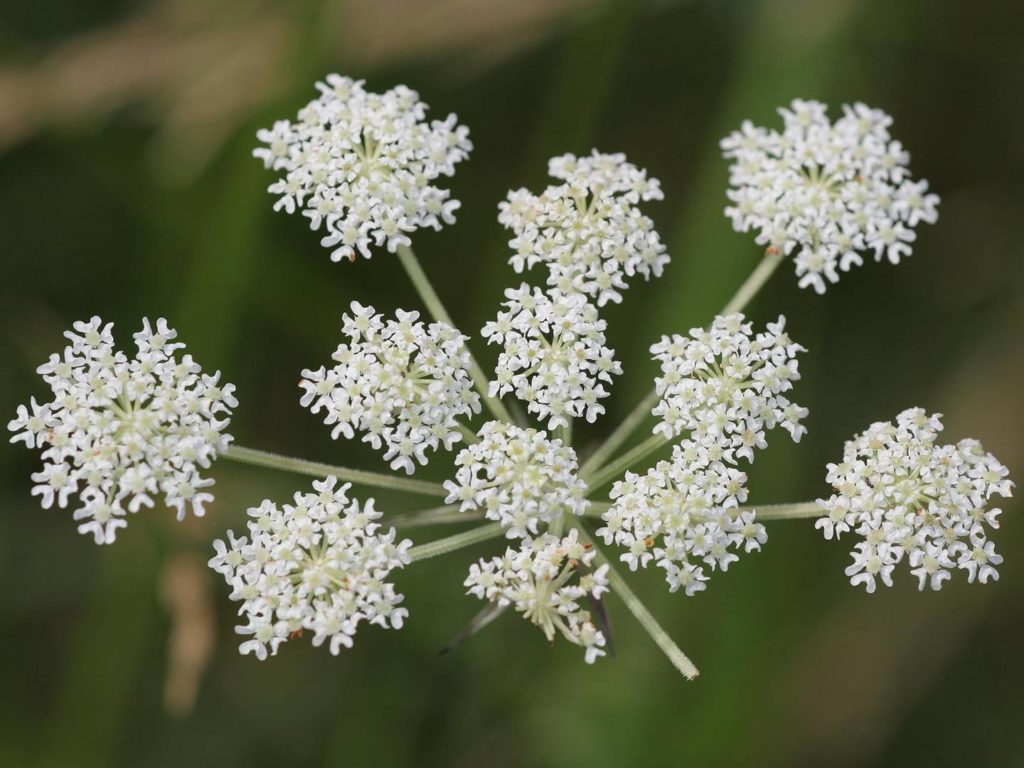
Fairy tales serve as a magnificent reflection of national thought—often originating from ancient myths and passed down orally through generations, whether as magical (fantasy) or realistic stories…
Rich in symbols and allegory, these age-old tales, which have accumulated wisdom over millennia, also preserve traces of various customs and traditions.
The fairy tales passed down from time immemorial offer a vivid portrayal of human thought.
Within them, we also find numerous ritual scenes, such as references to the mystical power of pearls and coral, mentions of the magical properties of different stones and flowers, and detailed descriptions of them (as we referenced in Beads from Shamir’s Sea)…
Interestingly, modern scientific studies confirm that certain natural stones can have either beneficial or harmful effects on the human body.
The concept of Fire obtained through sunlight—generated by friction with flint and concentrated using a mirror to harness the Sun’s rays—held deep significance in our ancestors’ worldview, symbolizing the connection between the Celestial and Earthly Fires…
And these ideas echo through fairy tales as well.
In the enchanting folktales beloved by our ancestors, there is even mention of a wondrous flower called Hamaspjur.
In S. Malkhasian’s Armenian Explanatory Dictionary, it is described as follows:
“It has twelve branches, each bearing a flower of a different color; it restores sight to blind eyes, and its fragrance provides strength.”
In the Armenian Dialect Dictionary (Yerevan, 2001), its equivalent in the Van dialect is given as Khambek…
At the Matenadaran in Yerevan, among thousands of ancient manuscripts, nine unique manuscripts preserve an ancient legend about the miraculous Hamaspjur flower, titled The Story of the Hamaspjur Flower or On the Flower (also known as Hamaspran)…
Reflecting on research into these manuscripts decades ago, S. Avdalbegyan wrote:
“This tale recounts the miracles attributed to this flower.”
The conversation states:
“If you bring it to your ear, you will hear and understand all human languages, as well as the voices of animals, beasts, and birds. If you bring it to your eyes, you will see all living beings. If you bring it to your nose, you will perceive the sweet fragrance of the heavens. If you bring it to your tongue, you will speak in all languages and dialects, share wisdom, and teach knowledge. If you bring it to your fingers, you will master all crafts… And many other great and mighty miracles are attributed to the flower.”
Another version quoted by S. Avdalbegyan, in Mkhitar Gosh’s 26th fable, tells of the selection of the king of plants. While the flower’s previous abilities are not emphasized, additional qualities are listed:
“After much debate—some claiming the lily, others the achrizan, and many favoring the hamaspjur—it was ultimately decided that hamaspjur was the most worthy… for it holds dominion over all things and, above all, has great healing powers, curing the sick, sharpening vision, enabling one to walk on water, and granting wisdom to the ignorant.”
In the 17th-century poem Hymn to Flowers, David Saladzortsi writes:
“The little serpent king, white as snow,
Follows Hamaspjur and draws strength from its fragrance.”
This “serpent king” derives its power from the king of flowers, while its own strength lies in its deadly gaze.
According to legend, during Alexander the Great’s siege of an Asian city, the serpent king killed 300 of his soldiers simply by staring at them from a crack in the fortress wall.
Hamaspjur is also mentioned by Ghevond Alishan in his book Ancient Faith or the Pagan Religion of the Armenians, linking it to medieval healing traditions and spiritual rituals.
Medieval texts describe Hamaspjur as:
“A flower with a single root and twelve branches, each bearing a different colored bloom—blue, crimson, lily, and others—adorned with every hue.”
Said to bloom in summer, “it appears most radiant to those who seek it in the darkness.”
Pliny the Elder also noted Armenia as home to rare medicinal plants, including the highly prized Opopanax, revered in ancient Rome for its healing properties.
Upan and Hamaspyur, once revered as plants of life, were relentlessly exported from Armenia for centuries, only to vanish completely from the Armenian landscape.
The Tree of Life, known as the Tree of the World, finds its embodiment in Hamaspyur, a flower that, according to Mkhitar Gosh, frees humankind from death, bestows wisdom, grants strength, and endows one with the power to walk on water.
The sacred beauty of Hamaspyur has been celebrated in the verses of Armenian poets and minstrels (David Saladzoretzi, Minas Tokhattsi):
There exists the Hamaspyur, the flower of flowers, a bloom of a thousand hues.
It grants light to the blind, if the Lord so wills for mankind.
With twelve roots it stands, blossoming once every twelve years.
Each stem bears a flower of a different color, and angels revel in its sweet scent.
The King Serpent reigns over it, white as the driven snow,
Chasing after Hamaspyur, drawing power from its fragrance…
Hamaspyur blooms in unreachable heights—upon the Mountain of Love, at the springhead of Makphut, on Mount Darun, Mount Bardu, within the gorges of Maseats, and in the mountains of Surmaru and Tsoghkert village.
Both Hamaspyur “Melamin” and the “Navruz” balsam are watched over by the Shahmar serpent (For the legend of the King Serpent drawing strength from the Hamaspyur, see Manuscript No. 1495, dated 152).
The same tale is echoed in Saladzoretzi’s hymn and in “Praise of Flowers” (G. Srvanztian).
The balsam flower Hamaspyur is intertwined with the cosmic tree in Armenian thought—akin to how the twelve months of the year mirror the twelve parts of the human body, or how a tree rising from the primordial sea in mythology mirrors Hamaspyur blooming in a mountain gorge, while the sacrificial bird or serpent at the tree’s base reflects the Shahmar serpent.
In mythology, whenever disorder touches the world or the human soul, it is seen as the work of chaotic forces disrupting cosmic harmony—forces that sacred rituals and incantations seek to repel.
“The healing power of Loshtak, Hamaspyur, and Penna (Paeonia officinalis, the ‘Crucifix Wood’), derived from their natural plant hormones, led to their veneration as sacred medicinal plants in ancient Armenia. This reverence has echoed through Armenian folklore and ethnography,” writes Tamar Hayrapetyan in her work “Healing Rituals and Biophysical Indicators in Armenian Folk Tales.”
Tumanyan, with keen insight, saw these ancient tales, steeped in ‘eternal symbols,’ as ‘chasms—deep, infinite, and boundless’… To me, they are also ‘A Garden of Fragrance.’
P.S. According to the “Dictionary of Toponyms of Armenia and Adjacent Regions”, the Hamaspyur flower, blooming once every twelve years, was a treasured gem of the Drunk Mountains in Upper Basen. David Salnadzortsi, a poet from Salnadzor village in the Motkan district of Bitlis Province, extolled it in his “Praise of Flowers”:
“The wondrous Hamaspyur blooms but once in twelve years.”
Today, among a select few, the “Flower of Life”, believed to restore youth, is Astragalus—a rare bloom in yellow and violet hues.
Wishing you days filled with the scent of flowers…
